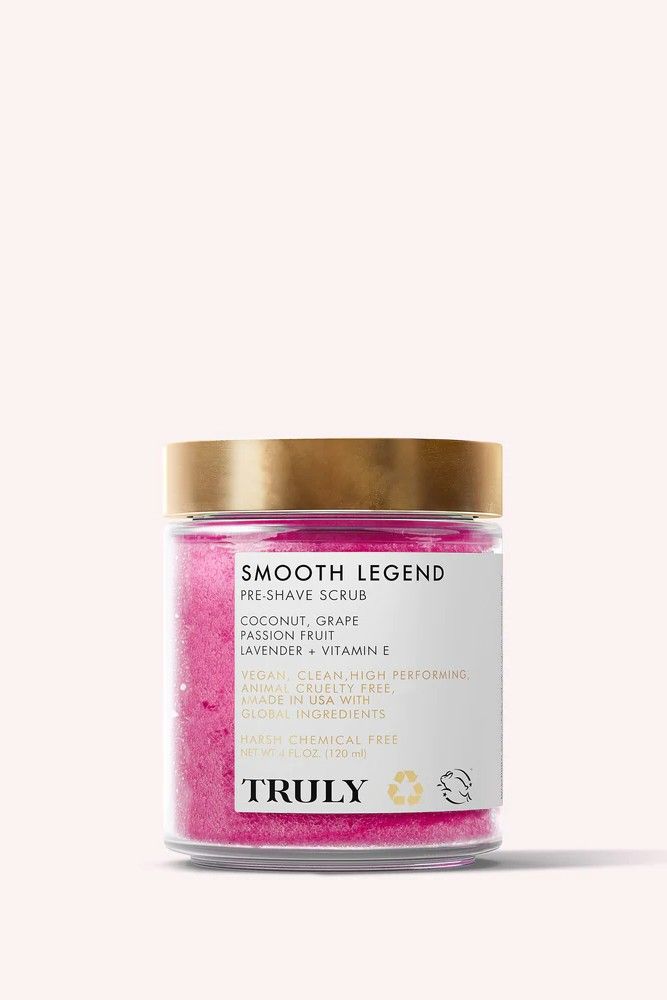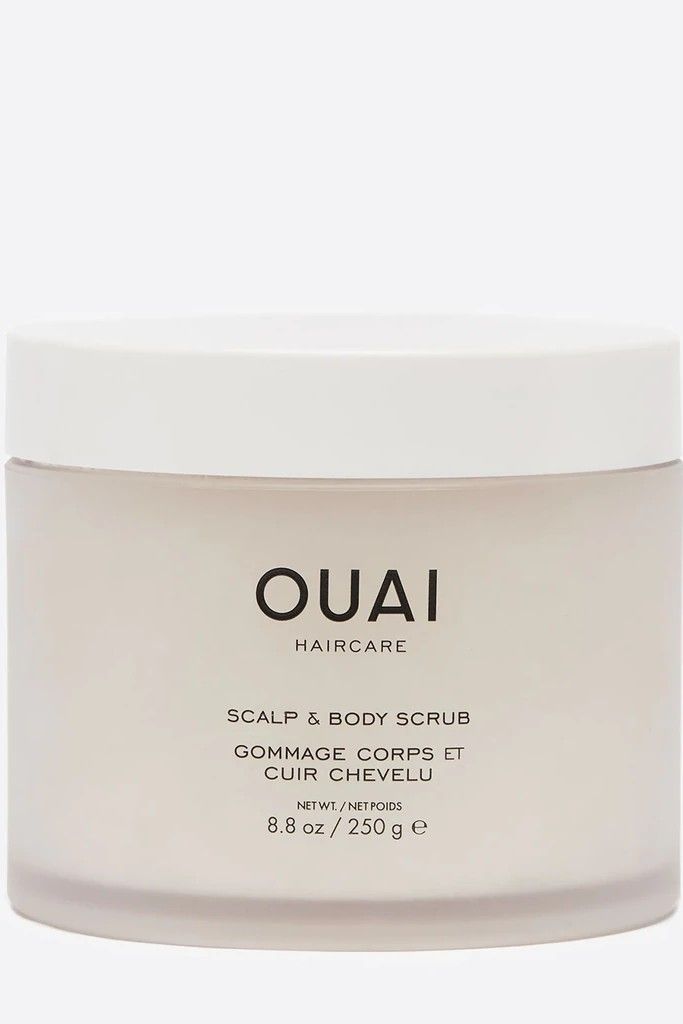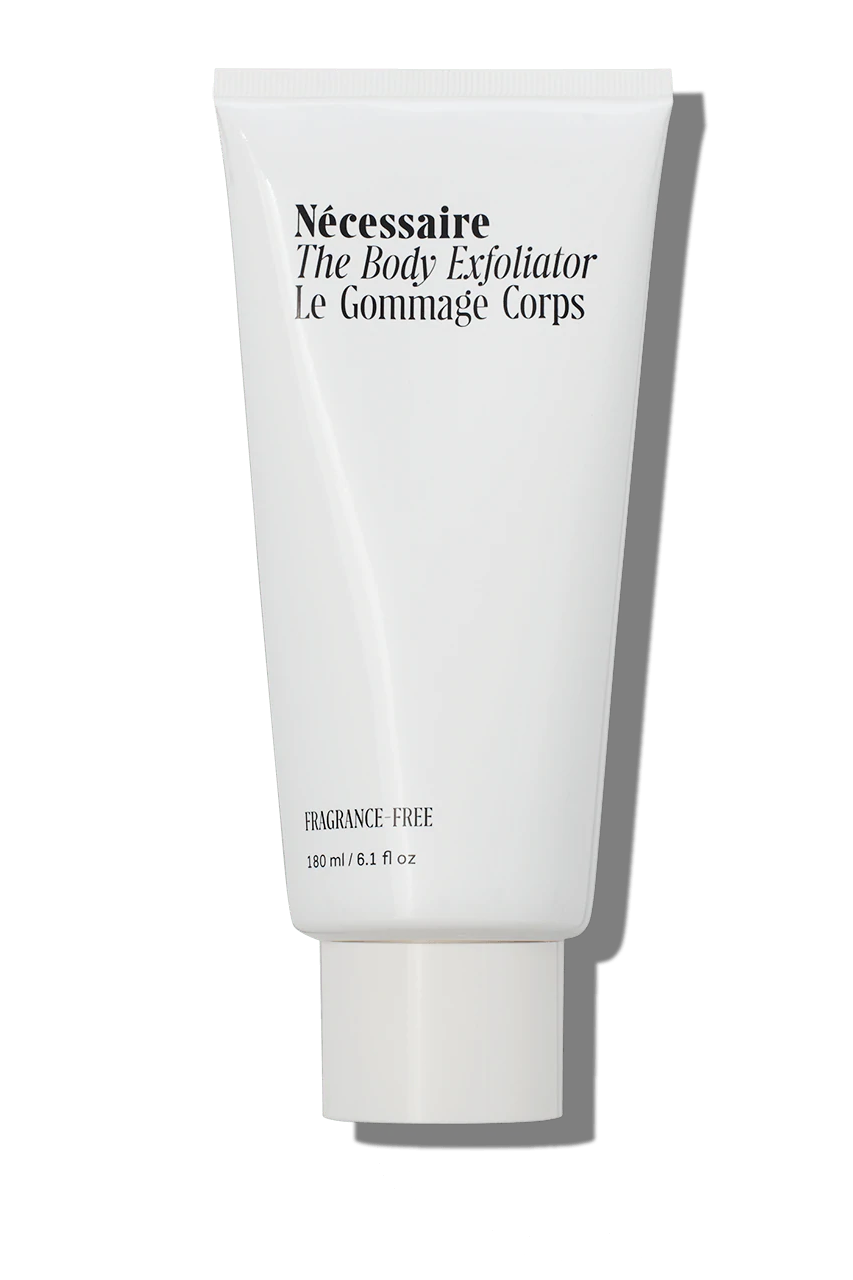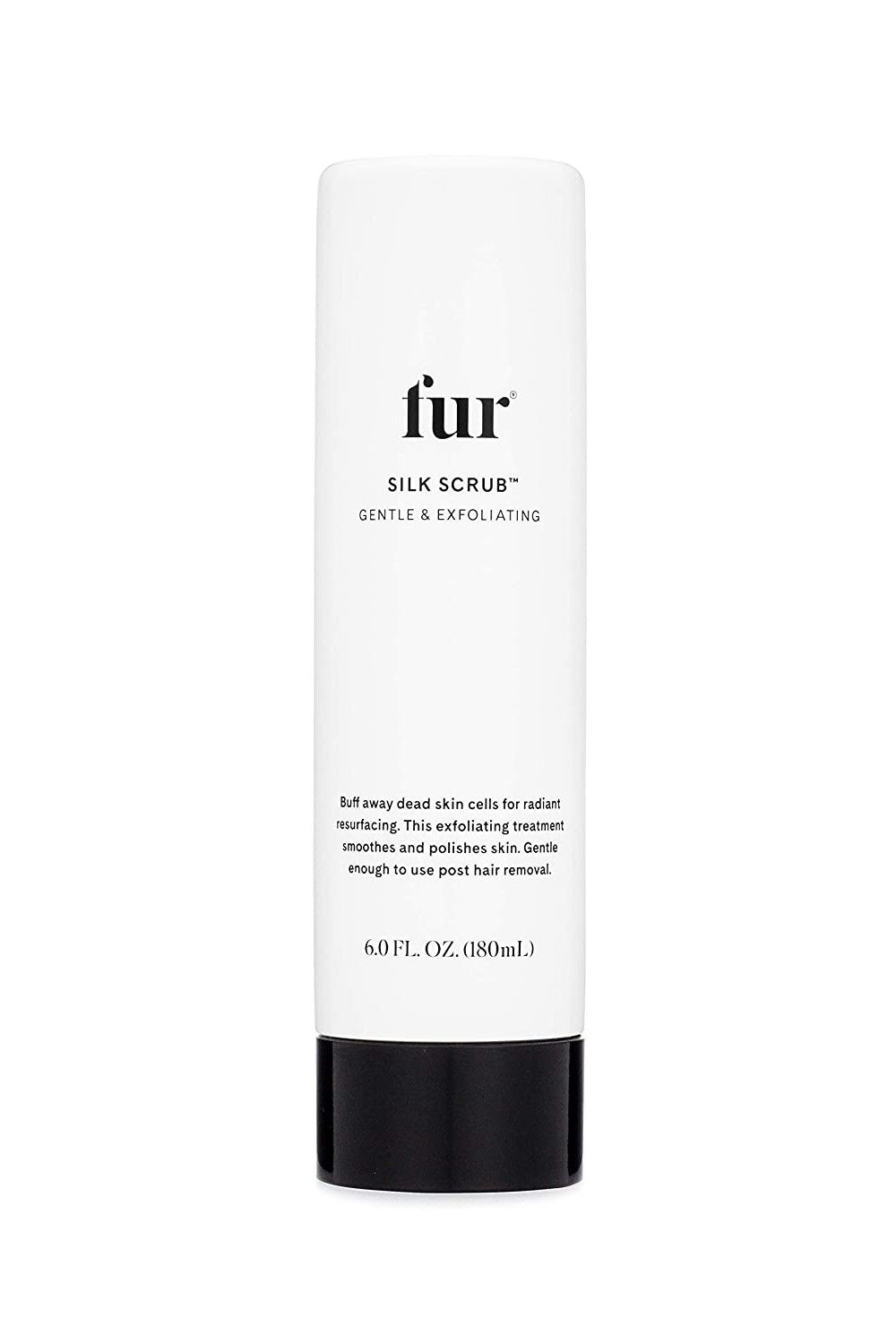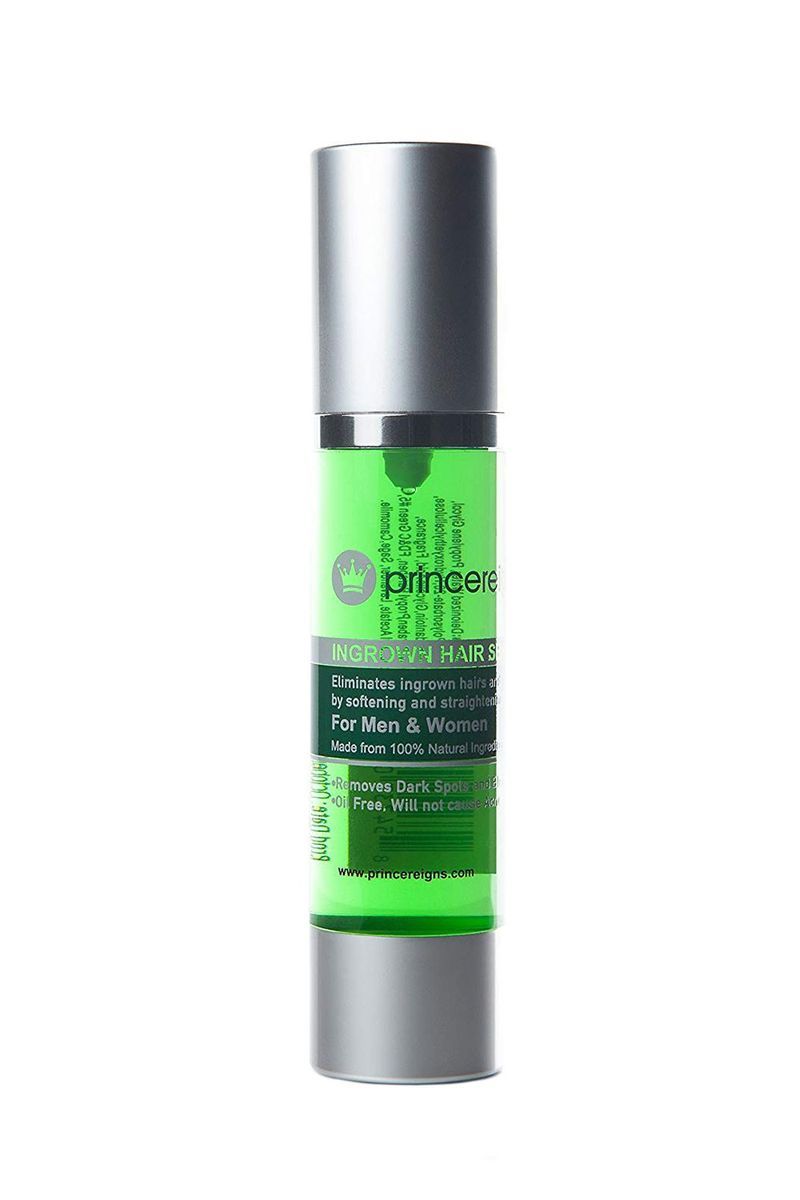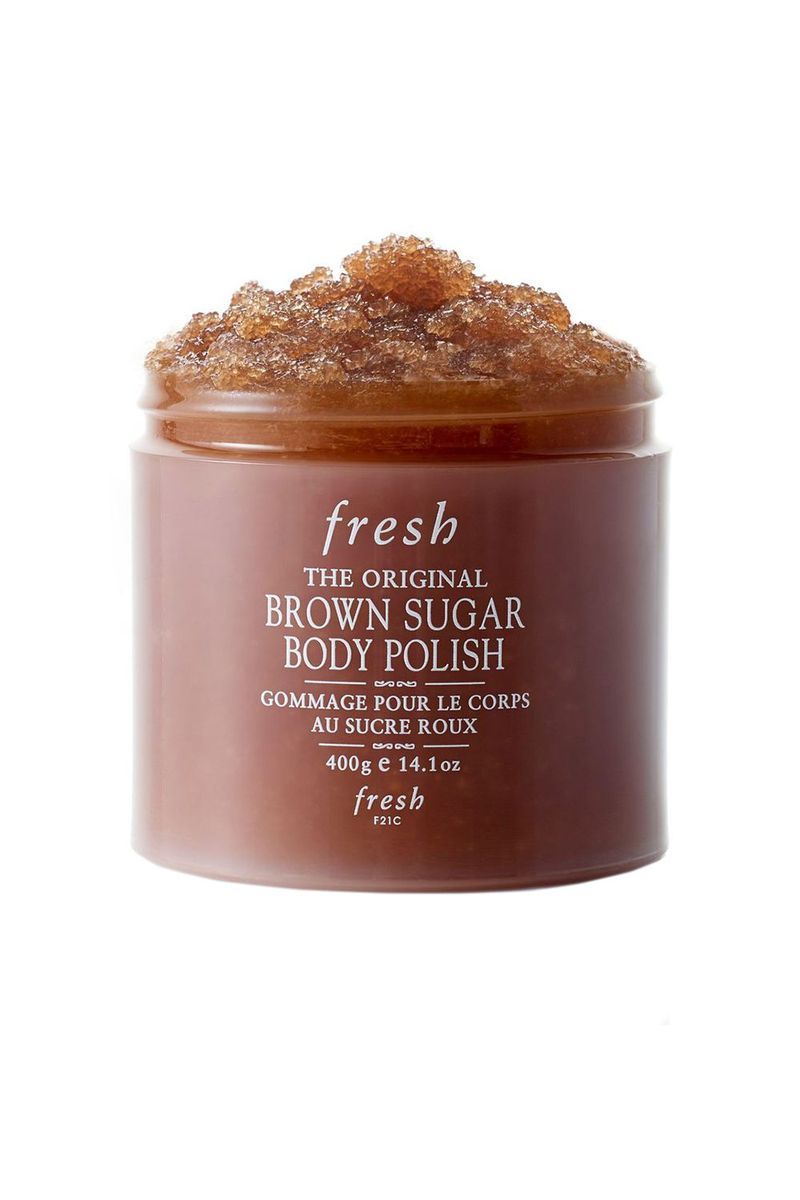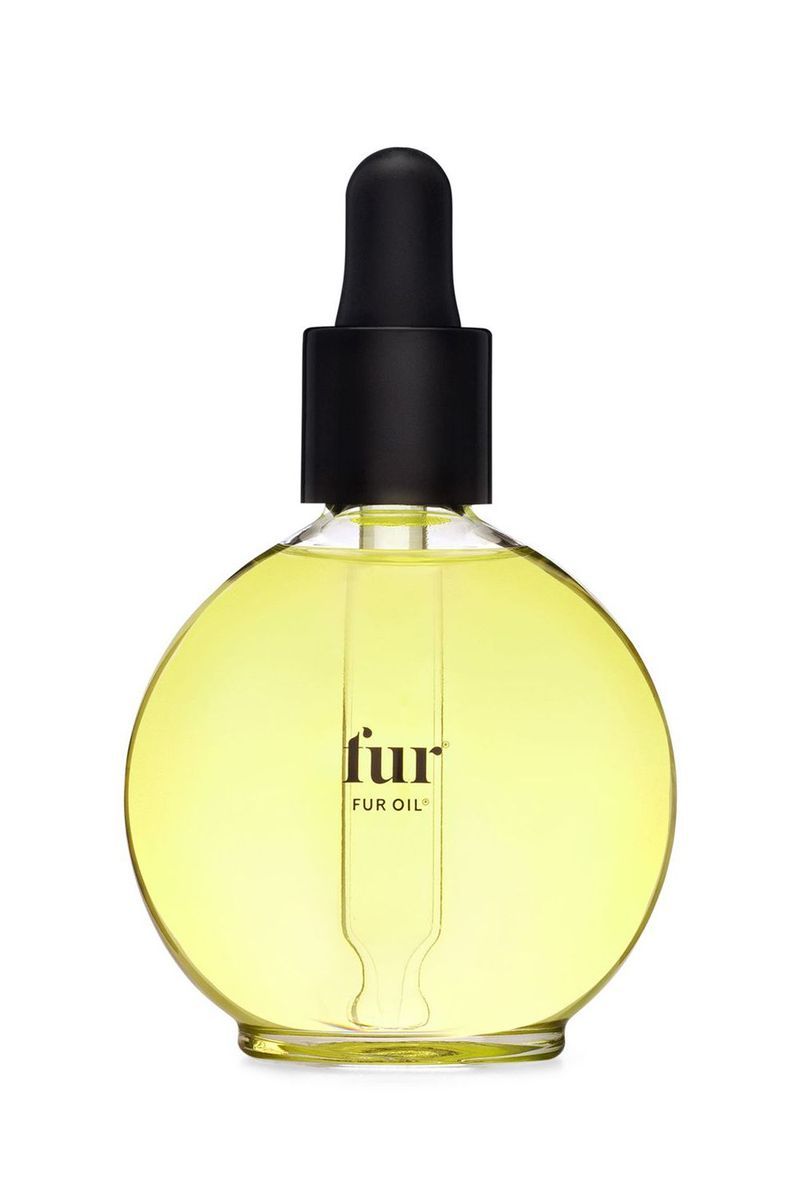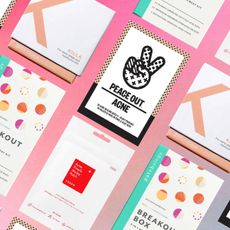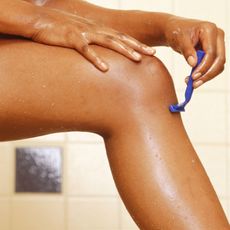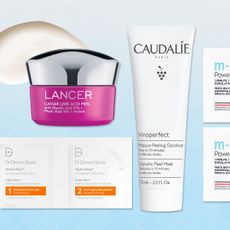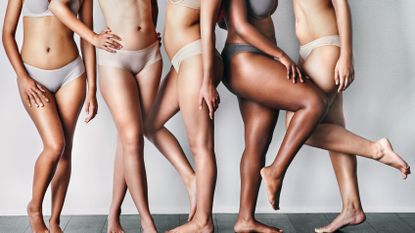

Celebrity news, beauty, fashion advice, and fascinating features, delivered straight to your inbox!
Thank you for signing up to . You will receive a verification email shortly.
There was a problem. Please refresh the page and try again.
We’re going to call it like it is: Bikini waxes can be really painful—especially your first time around. Understandably, ripping hot wax off the sensitive skin down there isn’t necessarily going to be a pleasant experience, but we’re happy to report that knowing how to prepare for a Brazilian wax can make your hair removal session much more tolerable. From growing your hair weeks in advance to last-minute dietary changes, there are a number of tiny tweaks that can seriously reduce your pain.
While shaving, laser hair removal, and doing nothing at all are all perfectly good grooming options, we strongly suggest that anyone considering a bikini wax keep reading. We tapped Melanie Coba, waxing expert at European Wax Center, Samantha Garlow, wax specialist at Daphne Studio, and Marta Camkiran (opens in new tab), esthetician at Haven Spa, to get the down low on how to make bikini waxes hurt a little less.
How to Prepare for Your Wax
Believe it or not, the pre-wax process is just as important as after-care to ensure a seamless, easy experience. There are a few key steps to follow before you get waxed.
Make Sure You're Hairy Enough
"It’s important to make sure your hair is long enough," Coba explains. "You want it about the length of a grain of rice. There's no need to trim it if you think your hair is too long—your wax specialist will trim it if needed. A lot of times when people trim they end up going too short."
Moisturize and Exfoliate
"Dry hair and dry skin make it easier for your hair to break when removed," says Coba. "To get the smoothest and long-lasting results, the skin and hair should be healthy and moisture-rich. The best way to prepare is to not shave, and to exfoliate and moisturize routinely."
Camkiran emphasizes that exfoliating is essential the day before your wax, too. "A day before your wax, I recommended dong a scrub to remove dead skin cells because hair may get stuck, so waxing will be less effective without exfoliation." Herbivore Coconut Rose Coconut Oil Body Polish (opens in new tab) ($36) is a scrub she always keeps in rotation.
Consider a Painkiller
"It’s good to take a painkiller two hours prior to waxing," Camkiran suggests for people that have a low pain threshhold. "This will help reduce inflammation of the skin and help with any pain." Garlow is on the same accord, adding that Advil or Ibuprofen can be helpful for pain relief to calm the skin down after the service.
Avoid Caffeine
Dear fellow Starbucks Rewards members, we know it's hard, but try to avoid caffeine a few hours before your wax. Garlow says caffeine can trigger even more nerves and increase your heart rate.
Apply Numbing Cream
"Products that contain lidocaine are helpful because they will temporarily numb the area and prevent pain," Garlow says. If you're looking for an OTC numbing product, consider the Pomada Dragon Pain Numbing Cream (opens in new tab). For something a bit more heavy duty, touch base with your doctor.
Best Body Scrubs For the Bikini Area
How to Reduce Pain During Your Brazilian Wax
Take a Deep Breath
"The number one thing you can do is relax, as much as you can, and make sure you communicate with your wax specialist," Coba advises. "Feel free to ask questions and share any preferences so they can best serve you."
Hold the Skin Tight
"During the service, your esthetician should hold the skin taut to help with the pain. If done by the right esthetician, your wax shouldn't take longer than 30 minutes," Coba adds.
How to Reduce Pain After Your Bikini Wax
Avoid Exercise
"You shouldn't exercise or wear sweaty clothes the same day," Coba recommends. "Your skin is so fresh after a wax and the pores are still open and susceptible to bacteria. Instead, just take it easy the rest of the day."
Camkiran also notes that friction from working out at the gym could cause future irritation on the skin.
Skip Self Tanner
"If you use spray tan or apply self-tanner, wait until the day after your wax appointment," Coba says. "Or, if you experience irritation, wait until irritation subsides. Freshly waxed areas absorb pigment better so your skin will look smoother and color will last longer when you do it the day after."
Put Down the Tweezers
"This usually does more harm than good, as guests often tear their skin up trying to get the hair out, which creates scarring and hyperpigmentation," Coba explains.
Get on a Regular Waxing Schedule
"Waxing regularly every four weeks really helps because when you wax too early or too late, the hair is more susceptible to breaking under the surface of the skin," Coba explains. "When hair breaks, it can more easily become ingrown. I always recommend every three to four weeks."
Camkiran recommends not waxing five days before and five days after your period because the body is more sensitive during this time.
Avoid Hot and Salty Water
"Wait a few hours before hopping into a hot shower to avoid any reaction," Coba says. "After you’ve been waxing a while your skin will be used to it and much less sensitive to this sort of thing."
Garlow agrees: "Avoid soaking in a tub or jacuzzi, saunas, or anything with high heat due to the area being sensitive, which could get bacteria in the area." Camkiran also mentions that salt water from the beach or chlorine from the pool will certainly irritate the skin, so you should wait at least three days.
Don't Irritate the Area
"Avoid touching your newly hair-free skin," Coba advises. "This will only clog pores and transfer the bacteria that’s on your hands onto your newly waxed skin." You should also avoid skin-to-skin contact. Garlow adds that you should also steer clear of tight clothing. "After a wax, wearing loose clothing is important to let your skin breathe," she says.
Exfoliate Daily
After waiting a full 24 hours post-wax, exfoliate every single day. "After 24 hours, it is crucial to exfoliate your skin every day to avoid ingrown hairs," Garlow recommends. "Salicylic acid is a great ingredient to look for in a product for exfoliation. Vitamin E and aloe are great options for moisturizing the skin following a treatment."
Do Waxes Get Less Painful Over Time?
The real answer: It's complicated—everyone's body is different. "Waxing is not one size fits all," Coba says. "While every person reacts differently, pain during waxing generally depends on your mindset and general tolerance for discomfort." Coba's rule of thumb is to try a Brazilian wax twice—the second wax is meant to be more comfortable, and the results are smoother and last longer.
"In the short and long term, waxing regularly can transform your skin and hair," Coba explains. "The exfoliating nature of waxing will help your skin to be soft, smooth, and more radiant, while your hair will grow in much softer and sparser. People are always surprised at how quickly their hair changes."
Camkiran explains that with time you'll know what to expect, the shock factor will wear down. "Getting regular waxes will significantly reduce the amount of hair coming back," Camkiran says. "In a few months, 40 percent of your hair will not be coming back, which will also make the process more comfortable."
How to Wax With Sensitive Skin
"Exfoliating and moisturizing skin between waxes is key, especially for sensitive skin types," Coba advises. "Ingrown hairs are common in creased areas such as the bikini line, where the skin is pressed together most of the day. Taking an extra second to exfoliate these areas regularly can really help prevent ingrown hairs."
If waxing still doesn't feel right, you should consider sugaring as a healthy alternative. It's another form of hair removal that uses organic wax and feels gentler on the skin. Sugaring is still pulling out hair from the root, but most people find it less painful than waxing, according to Garlow.
"Sugaring does not stick to live skin cells, only to the hair and dead skin cells, which means less irritation and discomfort," Garlow explains. "With sugaring, the entire hair including the root is removed. Over time, the root gets less and less blood supply to it resulting in less hair growth over time. Sugaring thins the hair and eventually kills the hair follicle in total. It's better for people with sensitive skin, because it pulls less on the skin compared to waxing, so it causes less irritation overall."
Best Waxing Products, According to the Experts

Samantha Holender is the Beauty Editor at Marie Claire, where she reports on the best new launches, dives into the science behind skincare, and keeps up with the latest trends in the beauty space. She has previously written for Us Weekly, Popsugar, Makeup.com, Skincare.com, and Philadelphia Wedding. Follow her on Instagram @samholender.
- Maya Allen Former Beauty Editor
-
 The Queen Has Eaten This Food Every Day for the Past 91 Years
The Queen Has Eaten This Food Every Day for the Past 91 YearsNow that’s commitment!
By Rachel Burchfield
-
 Kate Middleton Altered Her Engagement Ring to “Avoid Her Worst Nightmare”
Kate Middleton Altered Her Engagement Ring to “Avoid Her Worst Nightmare”The ring was actually originally supposed to have been worn not by Prince William’s wife, but by Prince Harry’s (!).
By Rachel Burchfield
-
 Princess Diana Saw a Much Different Future for the Relationship Between Brothers Prince William and Prince Harry
Princess Diana Saw a Much Different Future for the Relationship Between Brothers Prince William and Prince HarryHow would she react to their feud if she were alive today?
By Rachel Burchfield
-
 How to Minimize Your Pores, According to Dermatologists
How to Minimize Your Pores, According to DermatologistsSay goodbye to the gunk.
By Samantha Holender
-
 The 17 Best Sea Salt Sprays for Beach Waves
The 17 Best Sea Salt Sprays for Beach WavesPerfect vacation hair with these fake-it-'til-you-make-it products.
By Gabrielle Ulubay
-
 The 13 Best Acne Patches to Banish Pimples Fast
The 13 Best Acne Patches to Banish Pimples FastPop ‘em on any time of day.
By Samantha Holender
-
 Broken Capillaries on Your Face: The Expert Guide
Broken Capillaries on Your Face: The Expert GuideWhat to do about those pesky broken blood vessels on your face.
By Samantha Holender
-
 The 8 Best Bikini Trimmers in 2022
The 8 Best Bikini Trimmers in 2022Smooth sailing into swimsuit season.
By Julia Marzovilla
-
 How to Tint Your Eyebrows At Home
How to Tint Your Eyebrows At HomePractice makes perfect, people.
By Samantha Holender
-
 The 12 Best Razors for Women in 2022
The 12 Best Razors for Women in 2022No more razor bumps, that's for sure.
By Julia Marzovilla
-
 The 25 Best At-Home Chemical Face Peels of 2022
The 25 Best At-Home Chemical Face Peels of 2022Real deal peels.
By Samantha Holender


